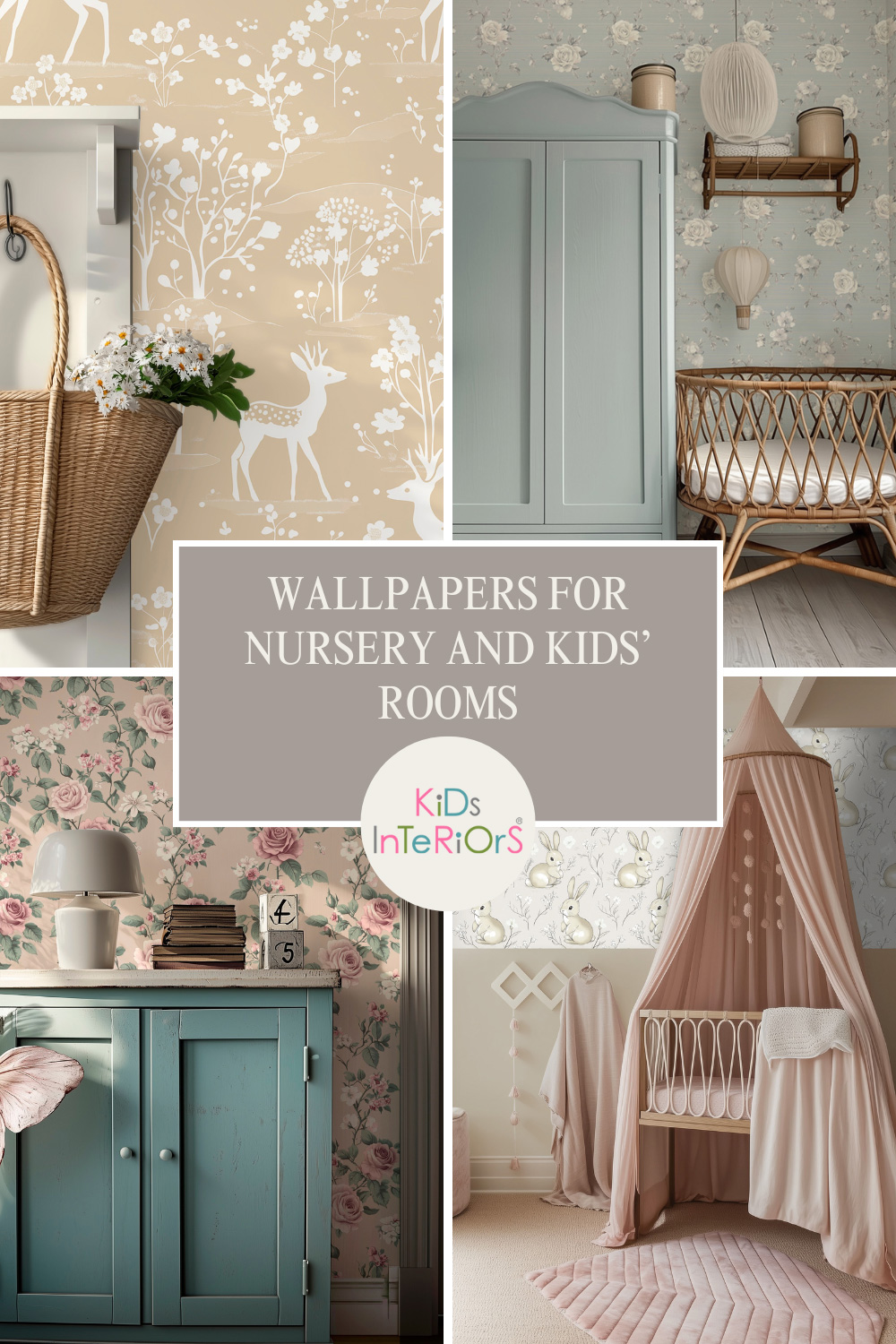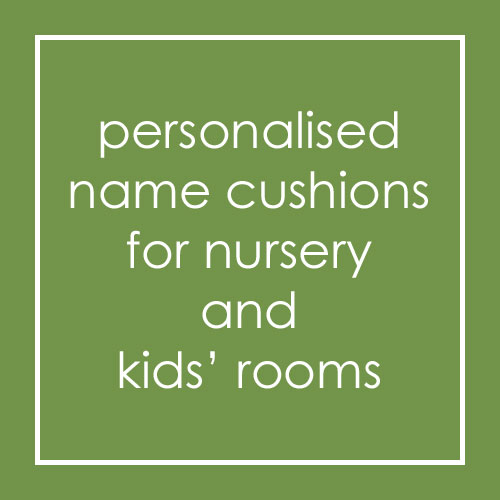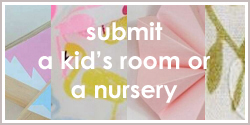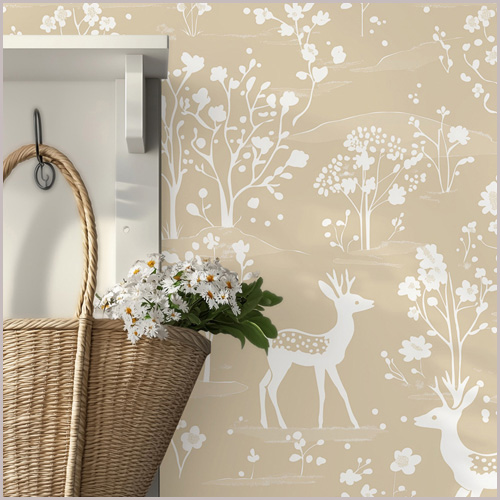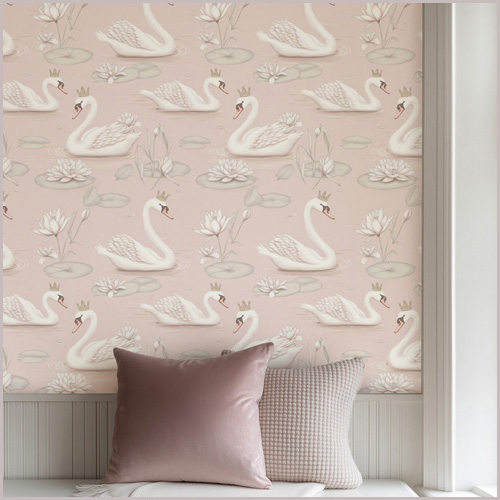Home feels special when the walls tell your family’s story. That’s what custom wall art does so well. It turns blank space into a gentle nudge of who you are and what you love. For kids’ spaces, it can guide play, spark bedtime chats, and calm a busy mind before sleep.
For shared areas, it sets the mood that guests notice the moment they step in. You can start small with one canvas or go big with a gallery wall. Either way, the pieces you pick begin to shape daily routines and little rituals. Over time, that mix of color, texture, and meaning becomes your signature.
Why Kids’ Rooms Thrive on Personal Art
Children read rooms through color, shape, and stories. Custom wall art helps you build a world that fits their age, interests, and routines. A name print near the crib gives a soothing anchor during late-night feeds. A playful alphabet canvas over the reading nook turns letters into friends. A set of animal portraits invites pretend play and softens transitions like homework or bedtime.
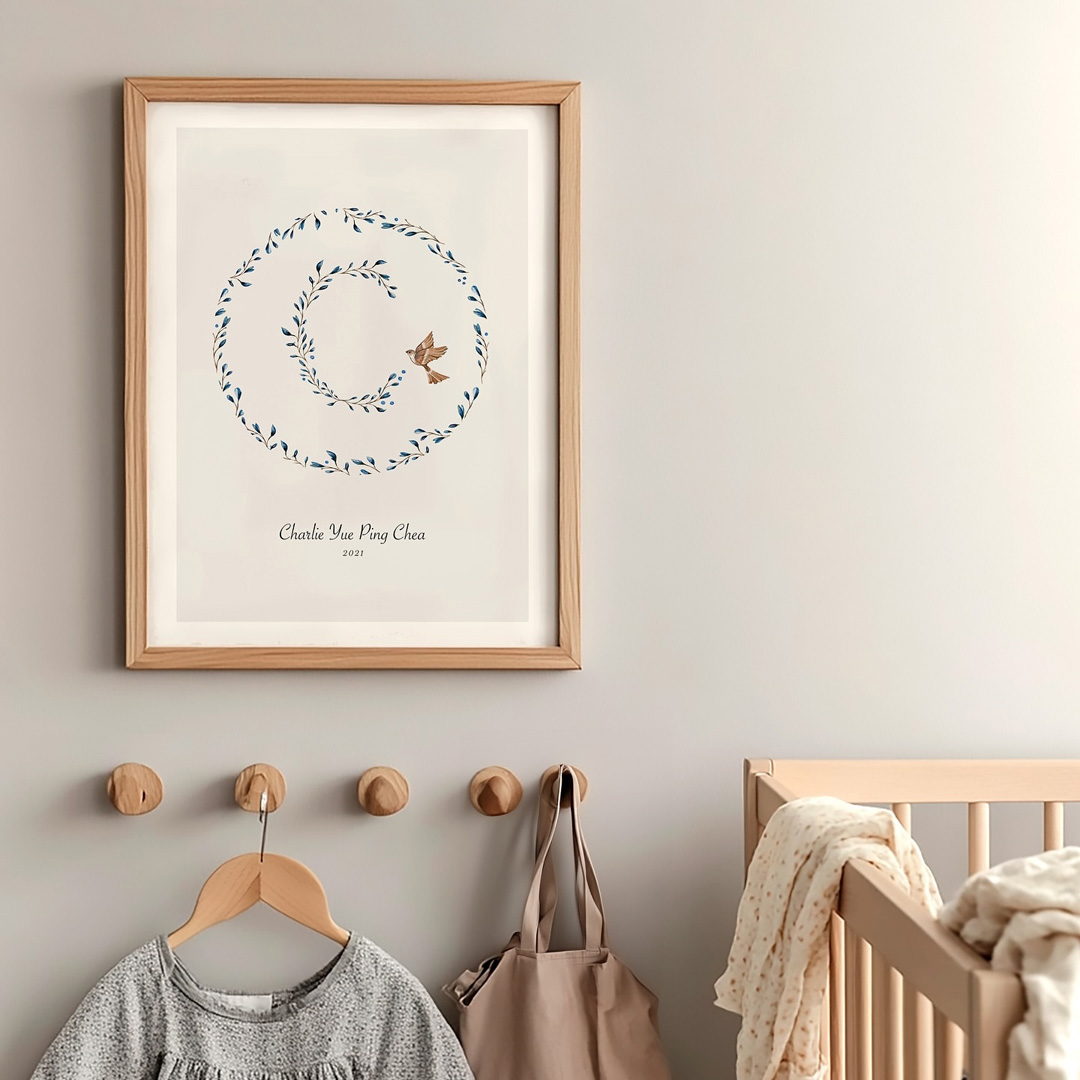
@tildasbirthposters
Art also helps kids claim their space. When a child points and says, “That’s my dinosaur,” they feel seen. The best part is flexibility. You can refresh a single piece as tastes change and keep the room feeling new without a full overhaul.
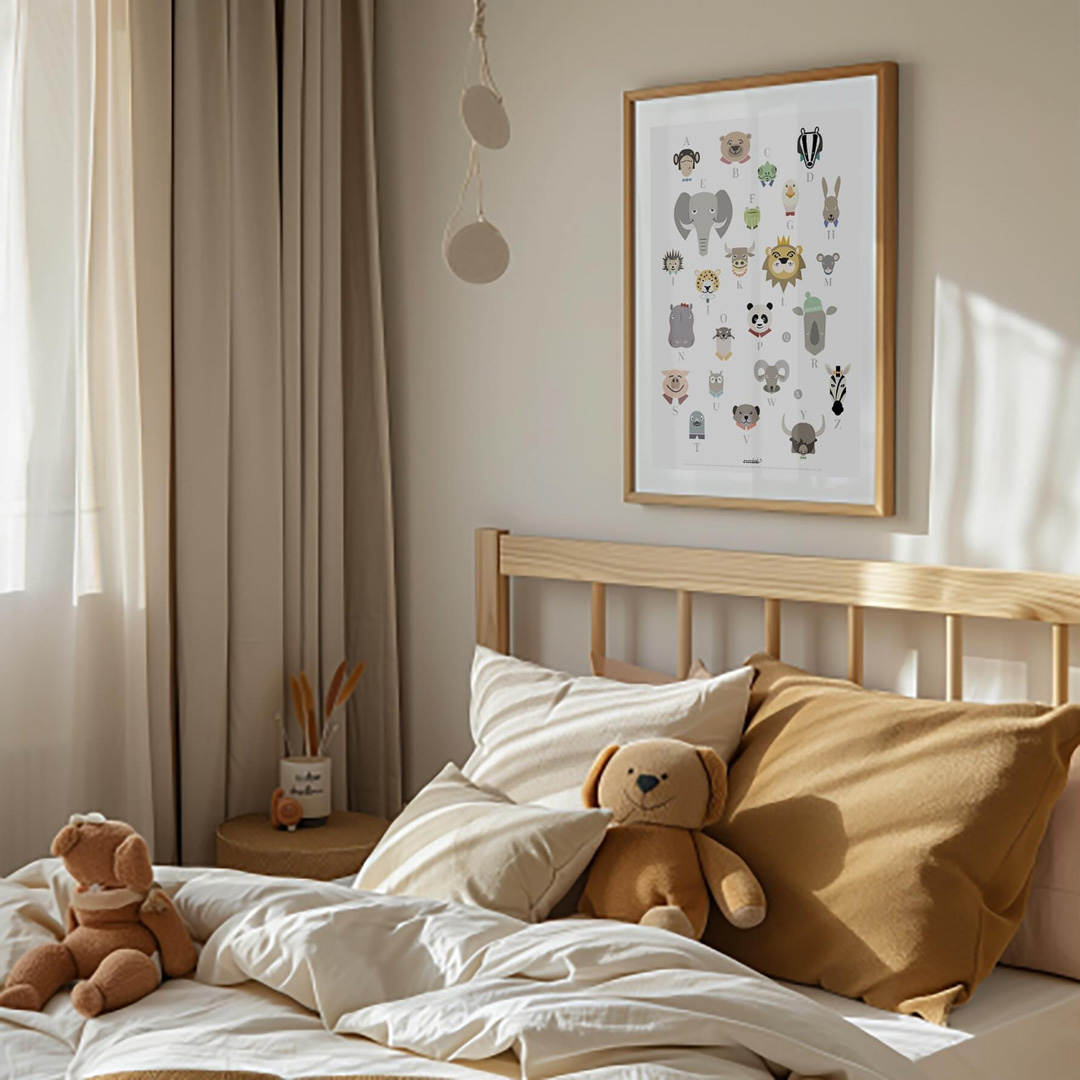
@zumini_studio
Themes That Grow With a Child
Pick a theme that can evolve. Start with broad ideas—adventure, nature, space, or storybook worlds—so you can swap pieces as your child’s favorites shift. Soft watercolor planets work for a nursery; later, you can add bolder rockets and astronaut portraits for a school-age upgrade. Fantasy scenes keep interest high across years because they feed the imagination.
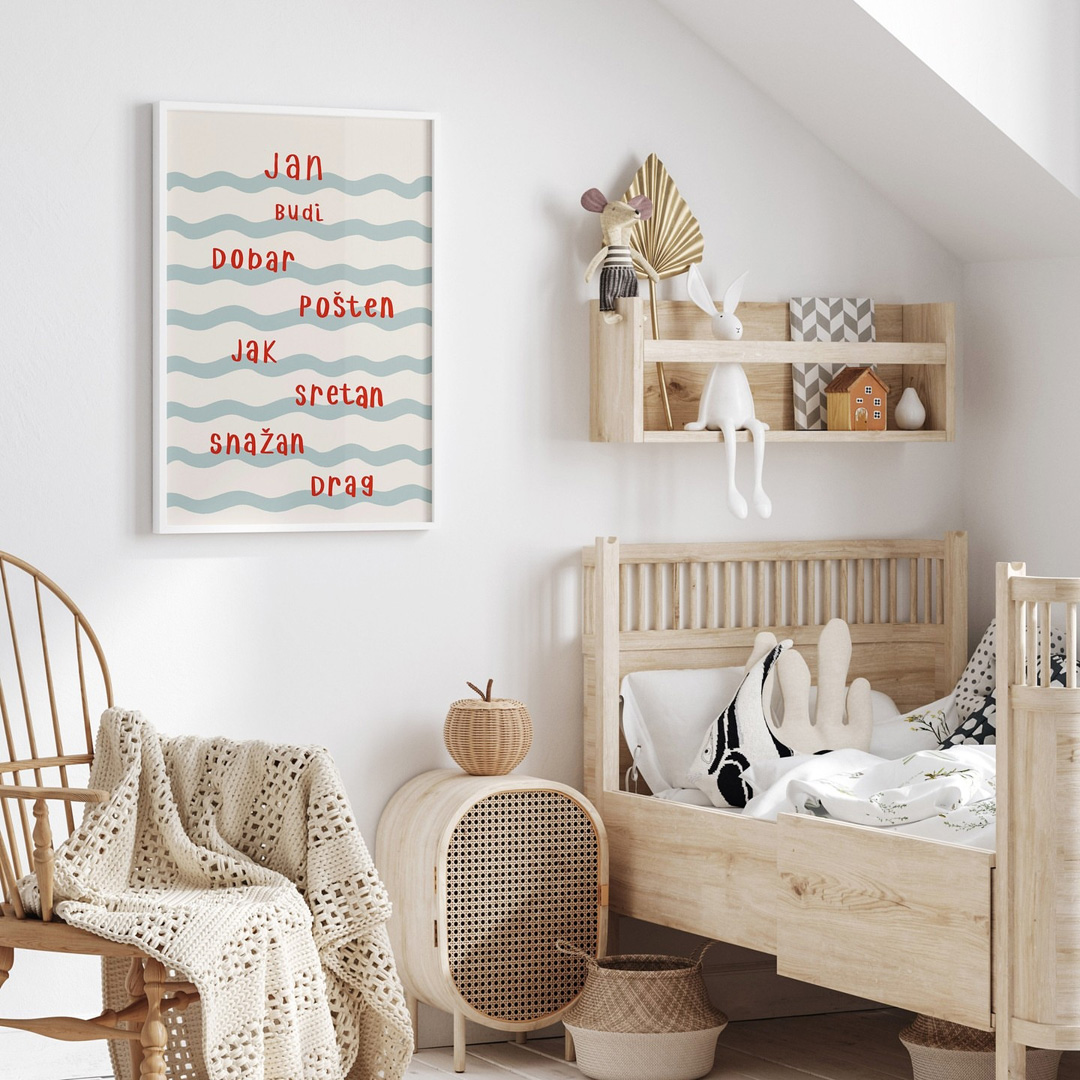
@list.living
The Goat Wall Art makes original canvas pieces with dreamlike creatures, castles, and whimsical characters that pair nicely with bedtime stories. You can get their wall art online to beautify your kids’ spaces.
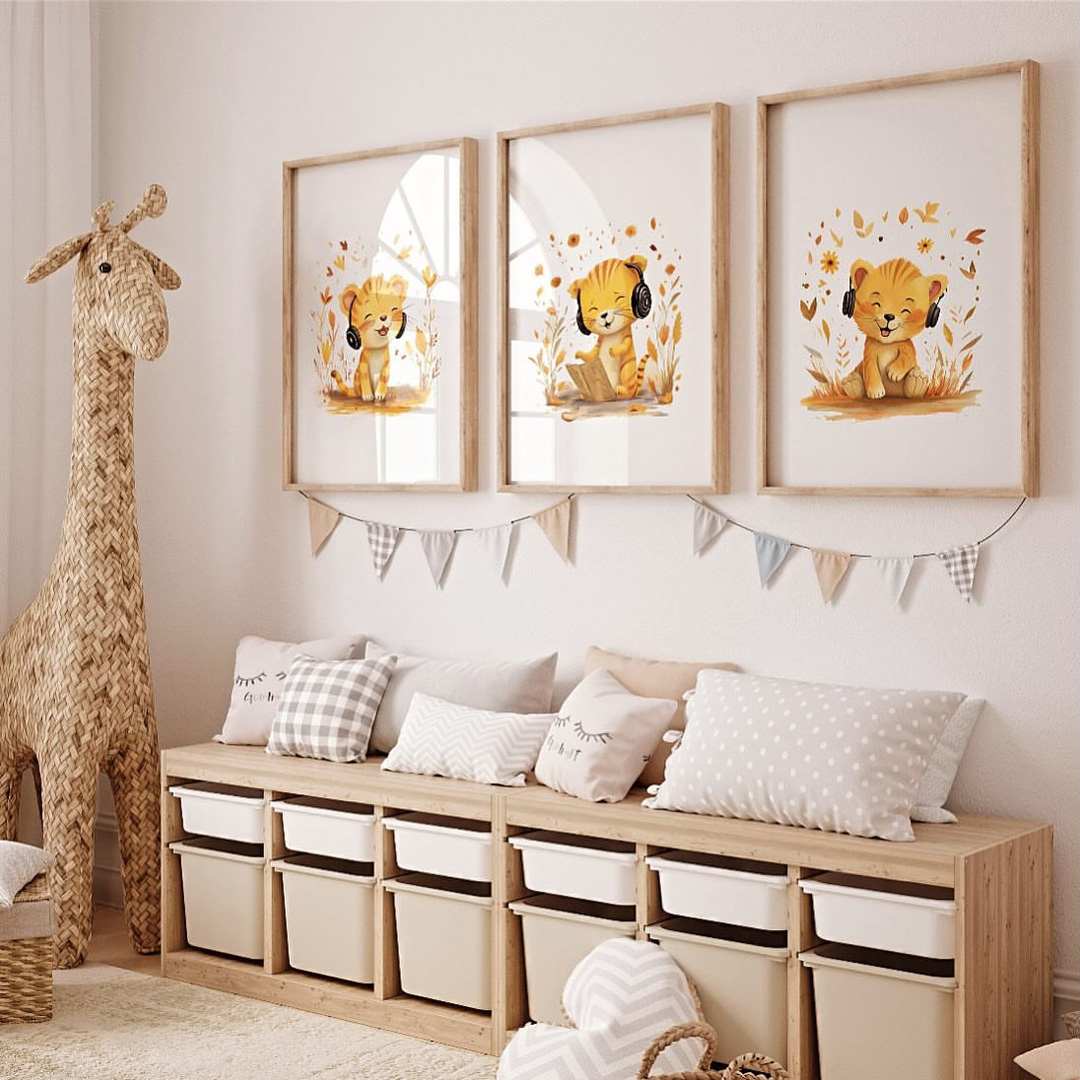
@lespigeonsdejulia
Color That Supports Mood and Routine
Color can quietly guide energy levels. Warm peach and gentle clay tones add comfort to reading corners. Cool blues and soft teals can calm pre-sleep jitters. If you want a playful study zone, look to crisp greens or sunny yellows with clear lines and strong shapes.
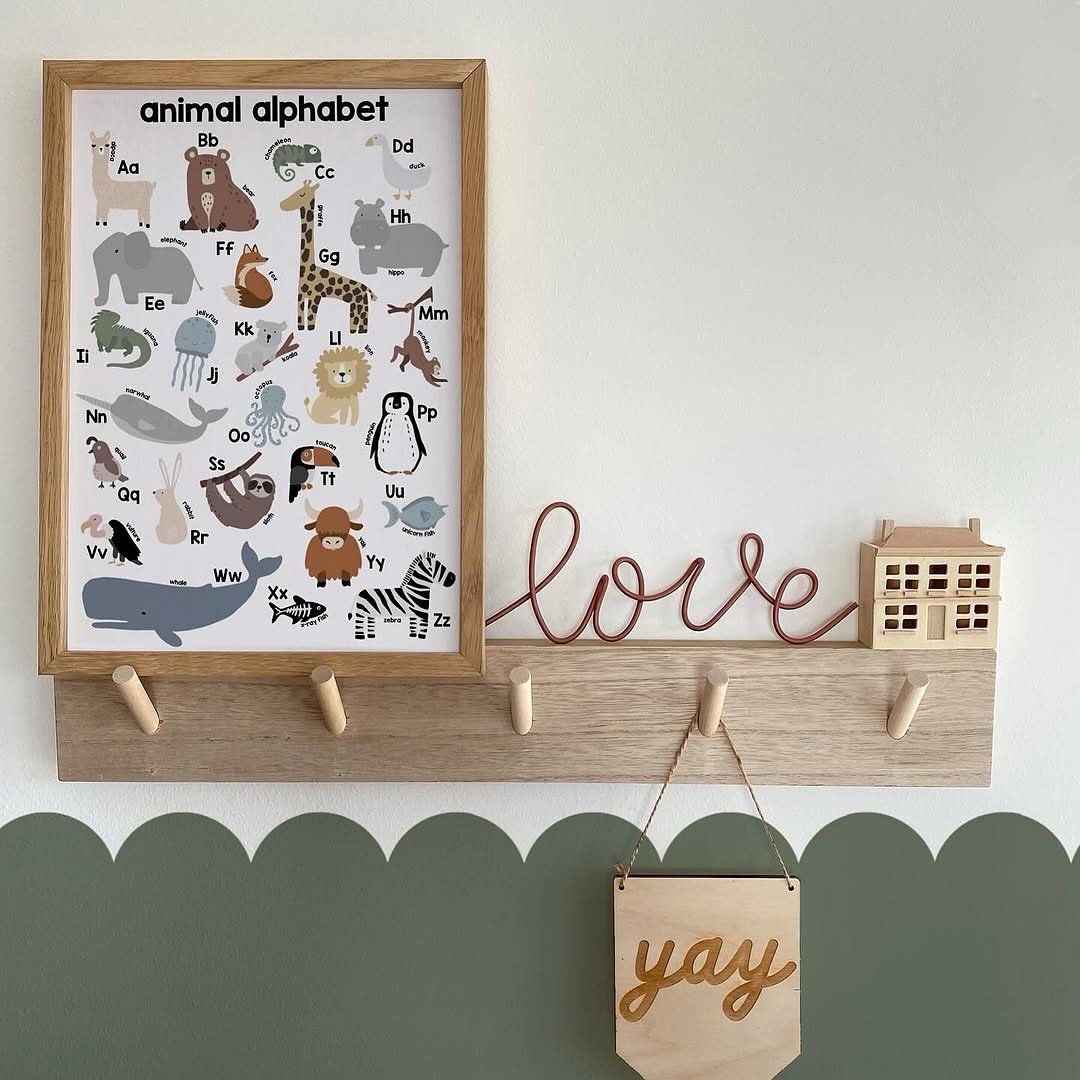
@hollieandhenry
Tie art colors to textiles so the room feels connected: echo the blue from a moon print in a throw pillow, or repeat the coral from a floral canvas in a rug. Keep a small palette—two leading hues and one accent—so the space reads as one story. When you rotate seasonal pieces, keep those three colors in mind to avoid visual noise.
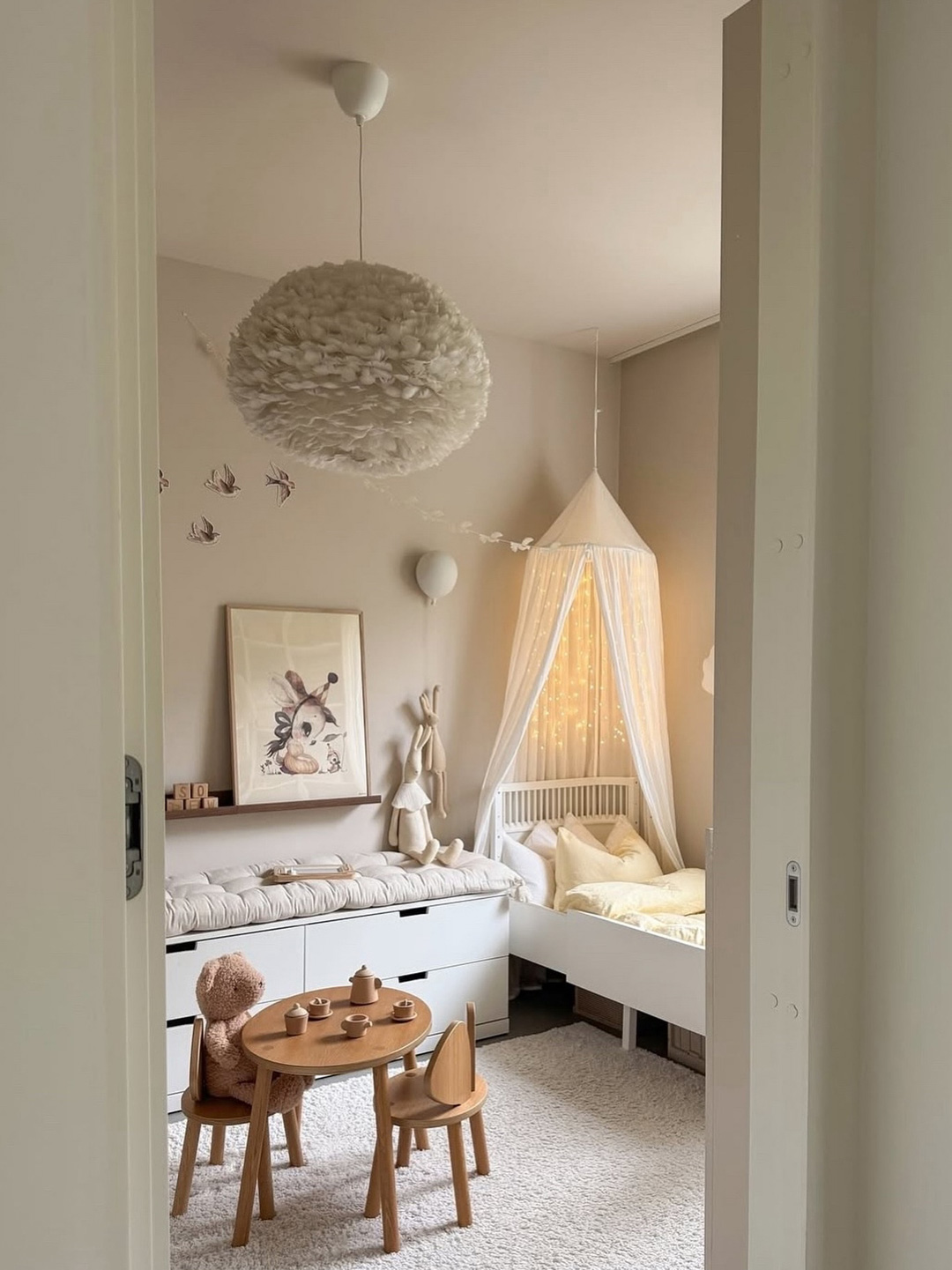
@mrsmighetto
Use a Variety for Depth and Interest
A room feels richer when art isn’t flat in every corner. Try a large canvas as the anchor, then layer framed drawings, wall decals, or a fabric banner. Add a shadow box with tiny treasures from a nature walk. Mix matte and glossy finishes for variety.
Texture is important, too. A linen canvas surface, a smooth acrylic print, and a woven wall hanging each catch light in a different way. That mix helps the eye travel and keeps the space interesting over time. The trick is balance: vary sizes, keep similar spacing, and repeat one element—like black frames or rounded corners—to hold the mix together.
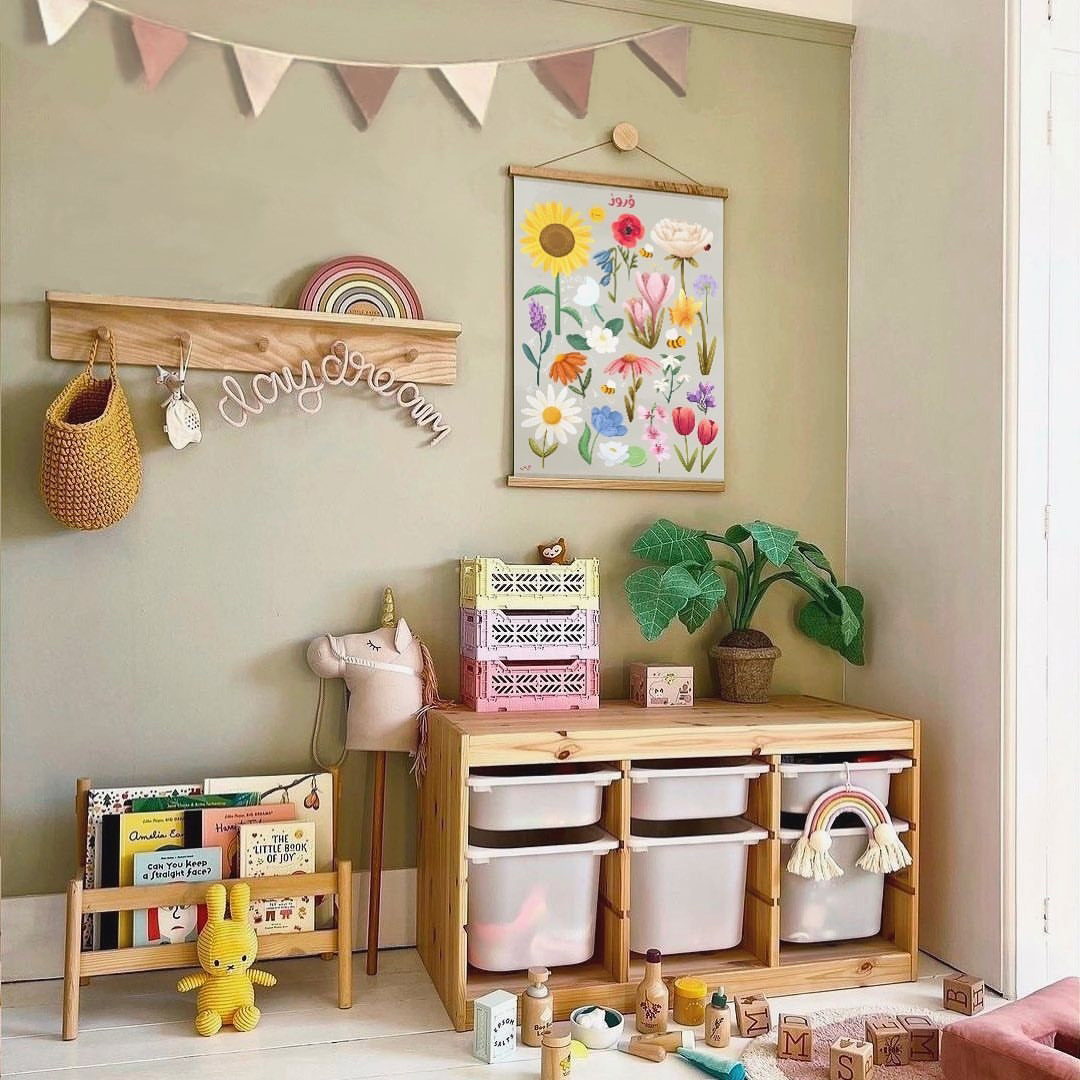
@dooda.lb
Scale and Placement Made Simple
Sizing scares many parents, but a few rules make it easy. Over a crib or bed, aim for art that’s about two-thirds the width of the furniture. Hang the center of the piece around eye level for the child who uses the space the most. For a gallery wall, plan on the floor first, then snap a photo you can follow on the ladder.
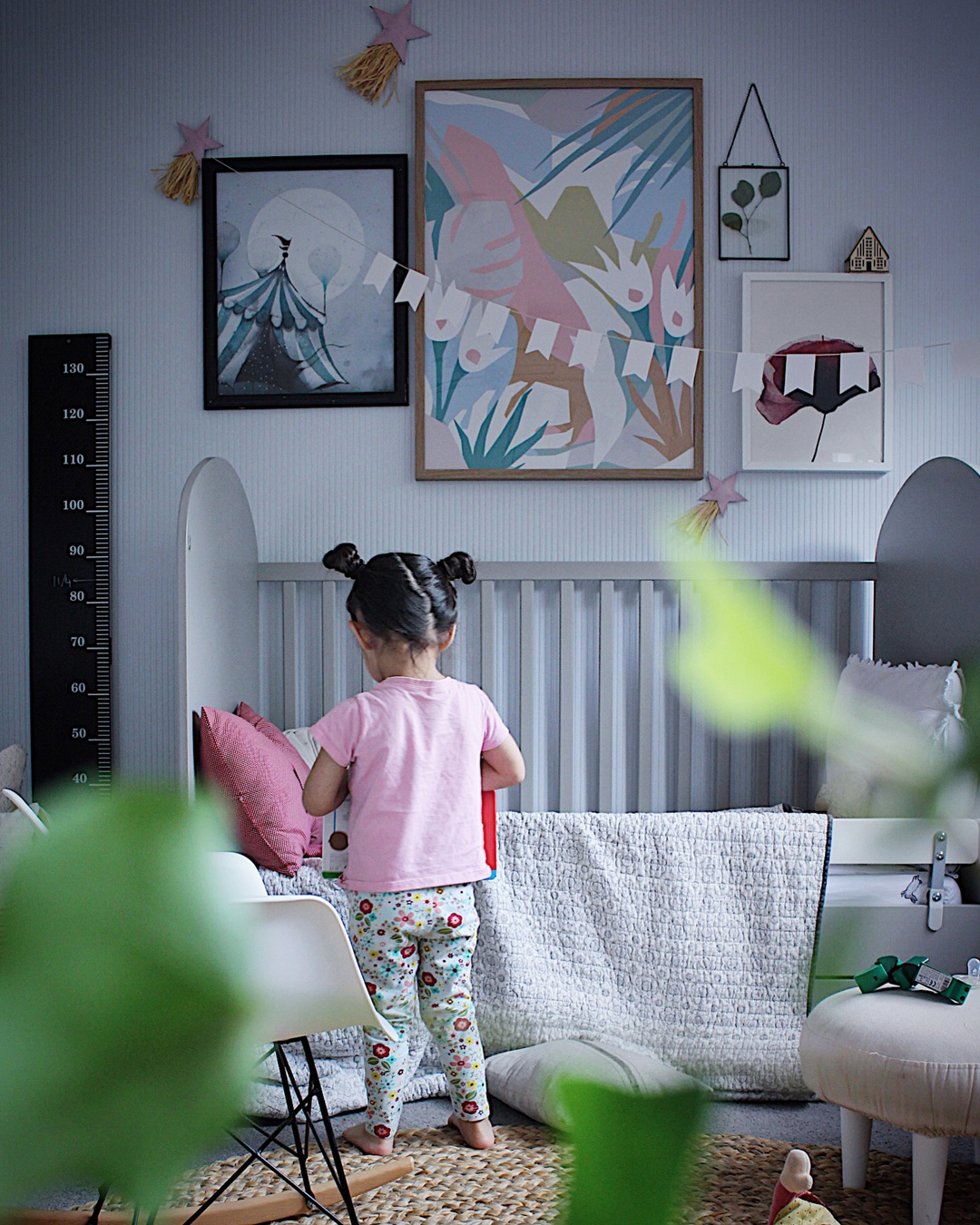
lamaison jolie.com.au
Keep gaps between frames roughly the width of your thumb so the grid looks tidy. In play zones, mount some pieces lower so little eyes can connect with the art. Always use proper anchors and hardware, and keep heavy frames out of reach.
Make Art With Your Child
Co-creating turns art into a memory. Start with a simple prompt: “Draw three things you loved this week.” Scan the drawings, add a small date stamp, and print them on quality paper for a rotating frame. For a weekend project, try a family canvas. Tape off shapes, let everyone paint a section, then peel to reveal crisp lines.
You can also record voices reading a poem and add a small QR code near a printed version on the wall, turning text into a tiny audio keepsake. Kids take pride in seeing their work honored. It also nudges them to care for the space.
Tell Family Stories on the Walls
Custom art is a quiet way to share values. A map with pins marks places you’ve lived or hope to visit. A series of black-and-white photos of grandparents paired with short captions can become a nightly storytelling ritual. Quotes from family sayings or song lyrics can anchor a hallway.
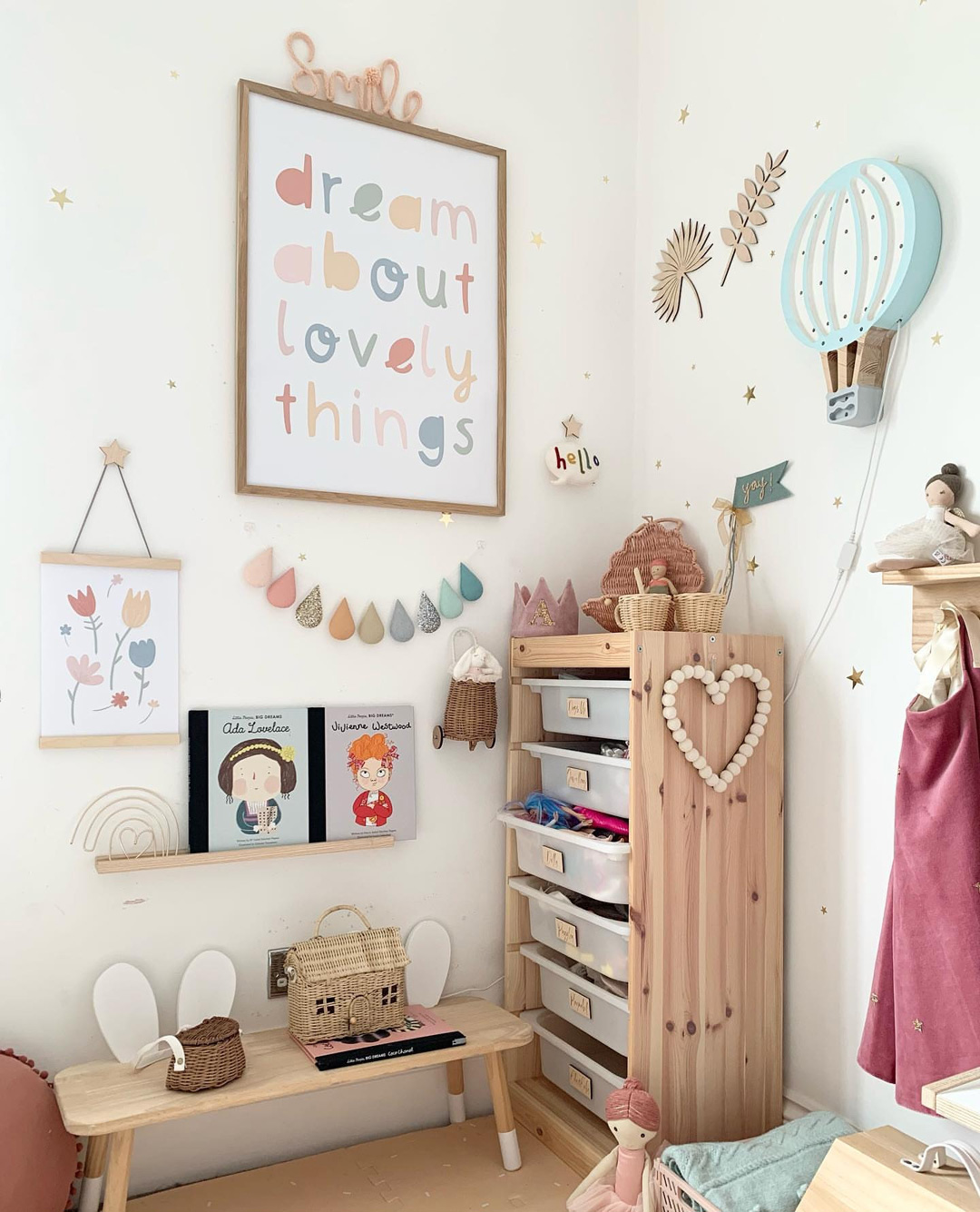
@thelittlejones
For kids, turn milestones into art: a height chart with watercolor ticks, a “firsts” collage with small icons, or a birthday canvas signed each year in a new color. These pieces work as décor and memory keepers. They start conversations that help children understand where they come from and what matters at home.
Budget-Friendly Ways to Go Custom
Custom doesn’t have to stretch your wallet. Start with one standout canvas and build around it slowly. Use printable templates and high-quality paper for smaller accents, then invest in sturdy frames that you can reuse. Swap art seasonally with a simple picture ledge so updates take minutes, not hours.
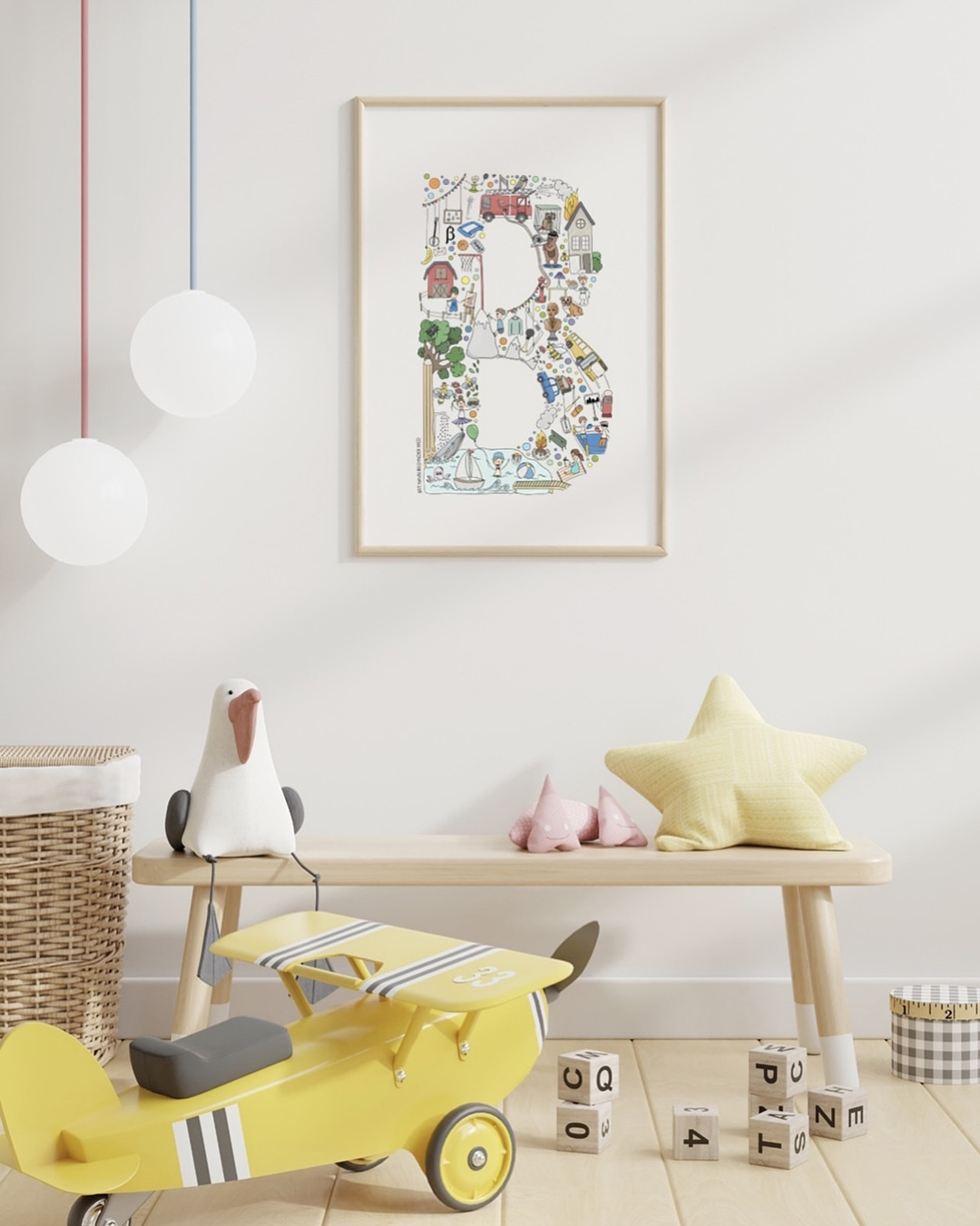
@mitnavnbegyndermed
Upcycle fabric swatches into framed patterns that match bedding. Press flowers from a weekend walk and mount them on colored cardstock for a soft, natural series. Thrift stores often hide solid frames—just change the mat. With a steady plan and a handful of smart choices, you can craft a personal look over time.
Conclusion
Custom wall art gives a home a voice. It welcomes guests with warmth and helps children feel rooted in their rooms. Through color, scale, and stories, art supports daily routines, study time, and rest. By mixing mediums and involving kids in the process, you build a space that shifts as they grow.
You don’t need a huge budget or a full renovation; a few thoughtful pieces can reset the mood of an entire room. Start with one wall and let it lead you. With each new canvas or framed drawing, you’re not just decorating—you’re shaping the memories that will live in that space.

